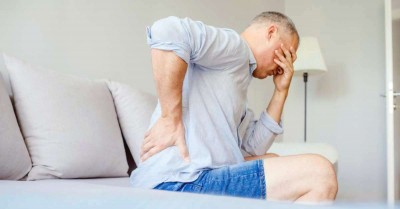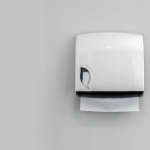Does Venous Insufficiency Go Away?
Warning: Undefined variable $post in /home/dietofli/public_html/wp-content/plugins/code-snippets/php/snippet-ops.php(584) : eval()'d code on line 3
Warning: Attempt to read property "ID" on null in /home/dietofli/public_html/wp-content/plugins/code-snippets/php/snippet-ops.php(584) : eval()'d code on line 3
The estimated reading time is 3 minutes
Warning: Undefined variable $post in /home/dietofli/public_html/wp-content/plugins/oxygen/component-framework/components/classes/code-block.class.php(115) : eval()'d code on line 3
Warning: Attempt to read property "ID" on null in /home/dietofli/public_html/wp-content/plugins/oxygen/component-framework/components/classes/code-block.class.php(115) : eval()'d code on line 3
Venous insufficiency is when the veins in the legs do not allow the blood to flow back to the heart. It is a common health issue that is painful. If you are looking for venous disease assistance, it is better to first know about it.
What is meant by Venous Insufficiency?
It is a health condition in which the valves in the veins of the legs get damaged and do not work efficiently. Veins are responsible to take the blood from the heart to the body and back to the heart. Due to some issues, it stops some of the blood flow and causes difficulty in returning the blood to the heart from the legs. Eventually, the blood collects or pools in the veins. This pooling of blood in the veins is known as stasis. (1)
Causes of Venous Insufficiency
It is clearly due to some damage in the veins that prevent the blow flow. When the blood flows upward to reach the heart, it needs calf and foot muscles to contract at each step to squeeze the veins. When the veins squeeze the veins and push the blood. When the valves are damaged the veins cannot squeeze properly and leak the blood downward again.
The main reasons for the problem are:
- Valves weakening through aging
- Extended sitting or standing
- Reduced mobility
- Blood clots in the veins of the legs
- Being overweight or obesity
- Being more than 50 years old
- Pregnancy
- Family history
- Regular smoking
- Damage due to injury or surgery
- Lack of exercise
- High blood pressure
Symptoms You Should Not Ignore
It can convert to Chronic Venous Insufficiency if not treated. CVI is usually developed within 10 years of diagnosis of venous insufficiency.
So, you should not ignore if you are having:
- Swelling or heaviness for longer especially in the ankle or lower leg
- Pain, itchiness, and flaking
- Twists in the veins that are visible through the skin \
- Leather like looking skin
- Cramps and weak legs
- Change in skin color
Who is More at Risk?
People who do not walk or exercise, sit for longer at their work, age, and those having a family history are more at risk.
How can it go away?
The first thing you need to know is to relax as it is not a dangerous health issue and can go away with treatment. It is not a serious issue but a sore one.
Some simple lifestyle changes can prevent and reduce symptoms and pain. Some medicines and supplements improve blood flow and open blocked veins. The medicines, like aspirin, that liquefy the blood are helpful in the condition but you should only take them after consulting a doctor.
Make a routine of exercising to help blood flow.
Wearing compression stockings is good for venous insufficiency and applies pressure on the leg which improves flow.
Keep the skin moisturized for itching, flaking, and dryness.
There are also some therapies, surgeries, and laser treatments for the problem.
If you do not want to prolong the issue and get rid of the pain, consult some health experts. (2)














